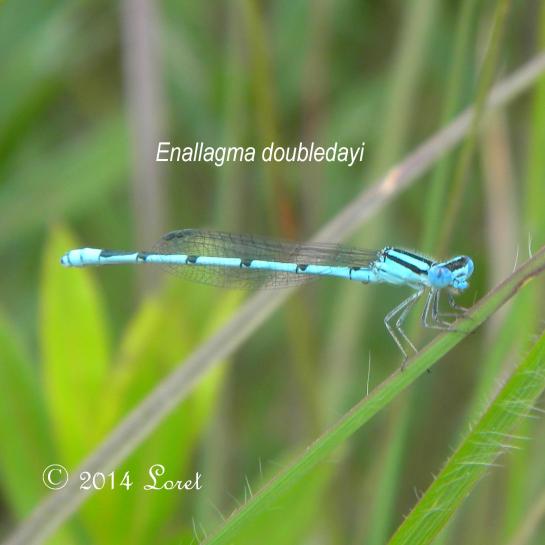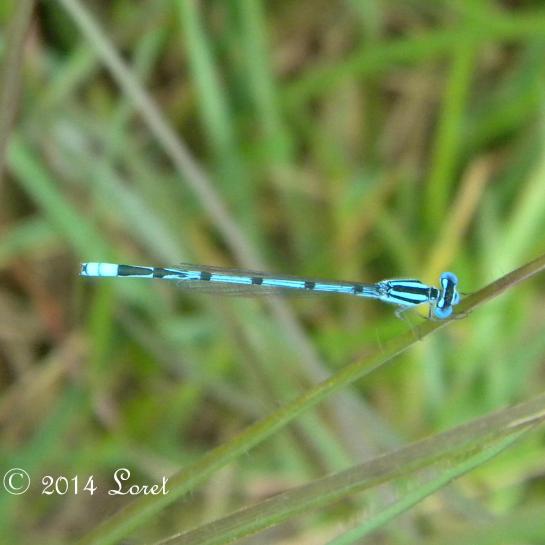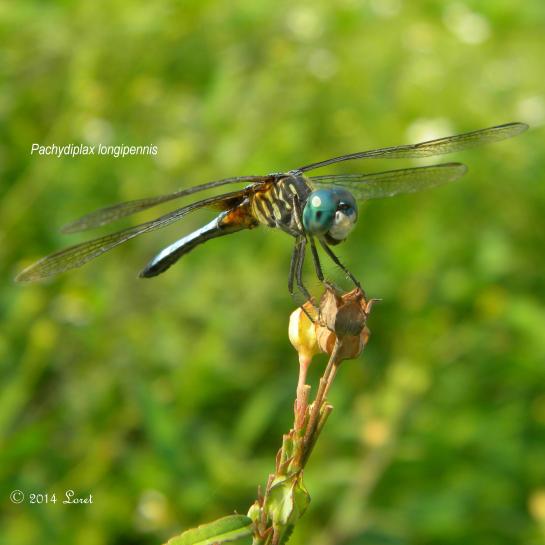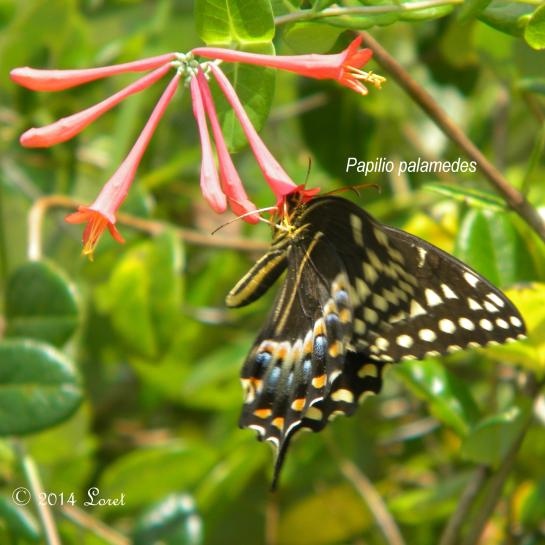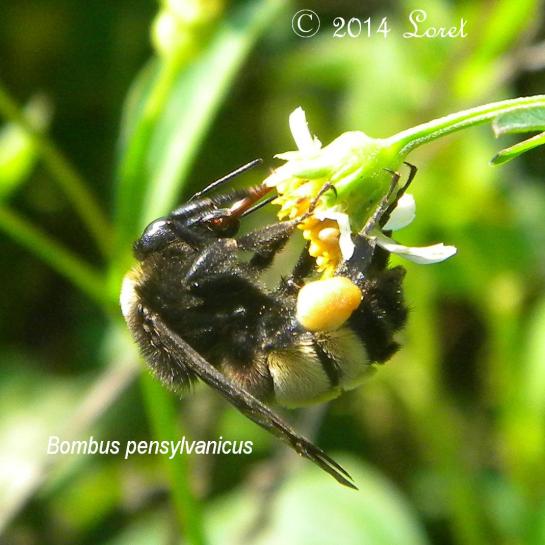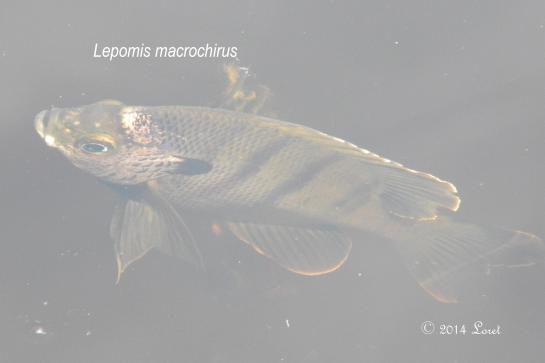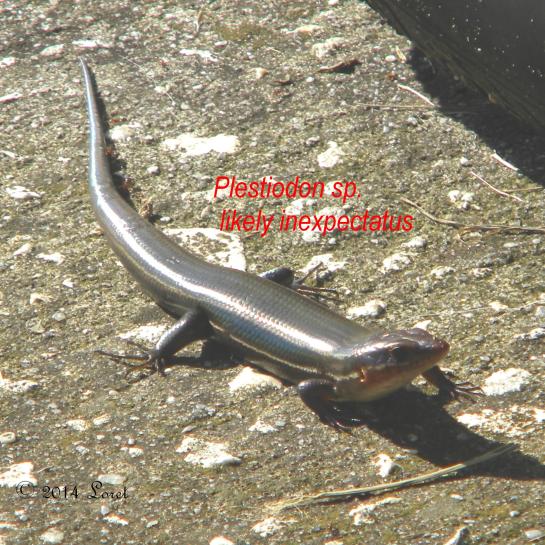CENTRAL FLORIDA CRITTER OF THE DAY: Florida Cottonmouth, Water Moccasin Snake (Agkistrodon piscivorus conanti)
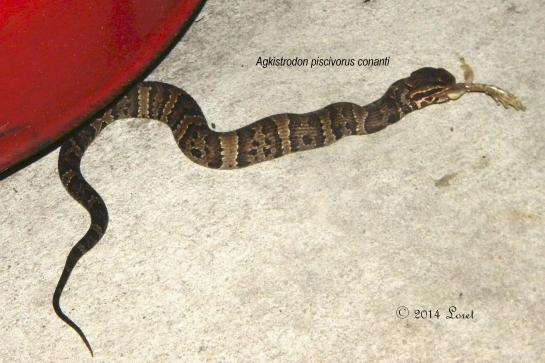
VENOMOUS!! If bitten seek immediate medical care from a physician or hospital experienced in treating snakebite.
This guy (or gal) was on the patio. I have mixed feelings. Because I have dogs, it certainly isn’t welcome on the dog side of the property, but as you can see, it is beneficial. This one was eating an INVASIVE Cuban treefrog (YAY!)
Learn to identify the 6 species of venomous snakes in Florida. If you see one, don’t panic, just quietly move away from the area and whatever you do, DON’t try to kill it. You stand a better chance of avoiding a bite if you just move along and don’t interact with it. http://www.flmnh.ufl.edu/herpetology/fl-guide/Agkistrodonpconanti.htm
Diet: fish, frogs, salamander, lizards, small turtles, baby alligators, birds, small mammals, and other snakes
Learn: https://web.archive.org/web/20120410085312/http://nationalzoo.si.edu/Animals/ReptilesAmphibians/Facts/FactSheets/Cottonmouth.cfm
My take: https://floridawildlifegardentails.wordpress.com/2019/01/01/my-hero-and-gardening-anxiety/
###
